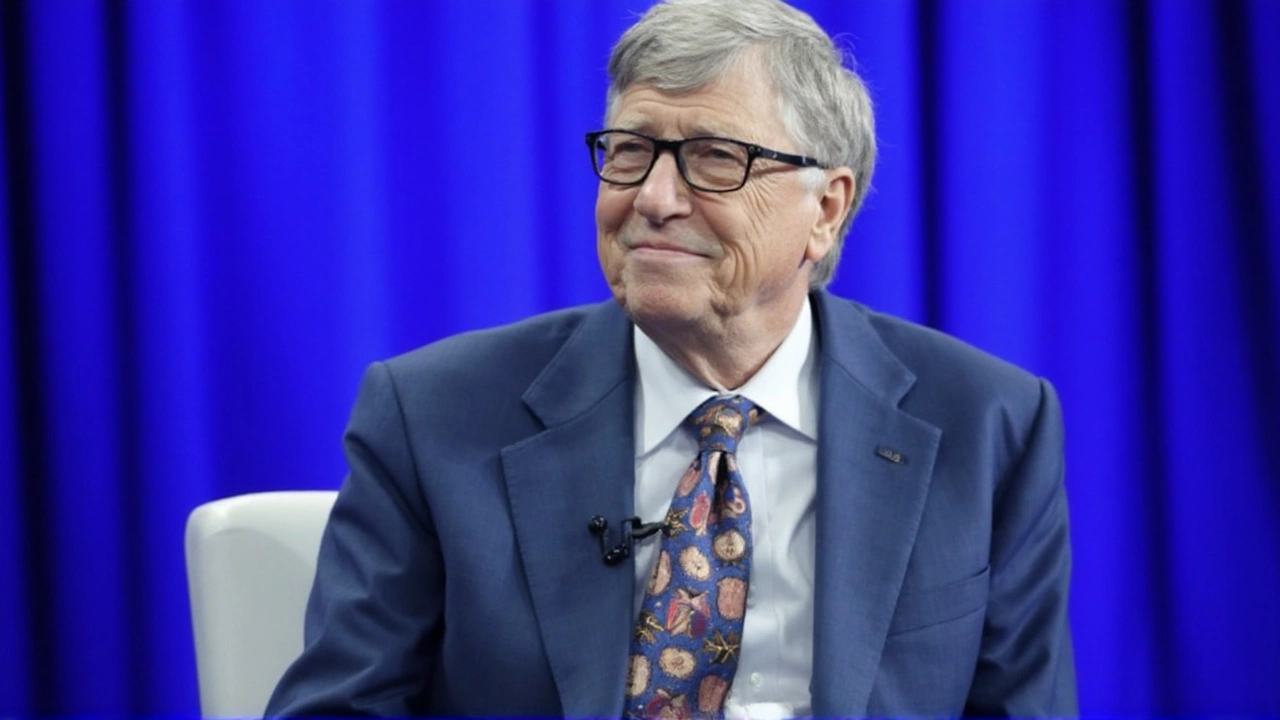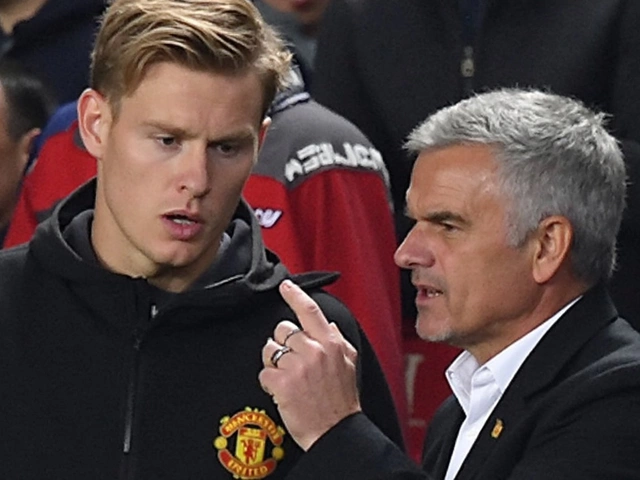Bill Gates Revisits the First Lines of Microsoft
It's rare to see someone hand out the blueprints to their own revolution, but that's what Bill Gates just did. As Microsoft turns 50, he posted the full source code for Altair BASIC—the program he wrote with Paul Allen in the mid-1970s that sparked the microcomputer era. Doesn’t sound sexy? Consider this: without those 4,000 or so lines of hand-coded instructions, the path to Windows, Office, Xbox, and the AI in your pocket might never have existed.
Back in January 1975, Popular Mechanics slapped the Altair 8800 microcomputer on its cover, instantly inspiring Gates and Allen to dream up a way for regular people to talk to their machines. BASIC—meaning "Beginner's All-purpose Symbolic Instruction Code"—was how. While most early computers needed punch cards or expert knowledge, this language made programming accessible for curious tinkerers and nerdy teenagers alike. Paul Allen, in a scramble worthy of tech legend, finished debugging the code on a flight to Albuquerque so they could show it to MITS, the company behind the Altair. That airplane seat brainstorming session ended up launching one of the most influential companies ever.
Gates often describes Altair BASIC as the spark that ignited Microsoft. That one product earned enough money and credibility for him and Allen to quit Harvard (Gates) and Honeywell (Allen), go all-in, and push personal computing from curiosity to necessity. The impact? Just about every tool you use to work, communicate, and play in the digital age traces back to that first leap—BASIC gave way to the spreadsheet, the word processor, gaming consoles, modern operating systems, and the rise of artificial intelligence.

Opening Up the Code—and the Story Behind It
Now, Gates is letting anyone rummage through the origins of this digital empire by making the Microsoft Altair BASIC code freely available. You can see his and Allen’s earliest ideas, right down to the comments they scribbled for each other. For the newer generations of programmers and tech fans, it’s a time capsule stuffed with rough edges, clever hacks, and pure startup energy. Gates sees it as a reminder that 'game-changing innovation often starts small—and a little scrappy.'
This milestone has also made Gates reflective. On top of nostalgia and pride, he admits feeling a pinch of bittersweetness. Five decades is a long stretch, especially when your life’s work has morphed from a codebase to a multitrillion-dollar giant influencing how the world learns, works, and entertains itself. Gates is proud of how Microsoft survived through waves of competition and reinvention with leaders like Steve Ballmer and Satya Nadella at the helm. From launching Windows 95 to betting big on cloud computing and AI, each era kept Microsoft at the edge of tech’s wild frontier.
If you want the full rundown of the highs, missteps, and the legendary partnership between Gates and Allen, his new memoir Source Code—dropping in February 2025—dives deeper than any interview could. It’s not just a tech book—it’s personal, digging into the risks, the rivalry, and the human drive to build something lasting. Gates isn’t done yet, but he’s letting the world in on just how wild the ride has been so far.





